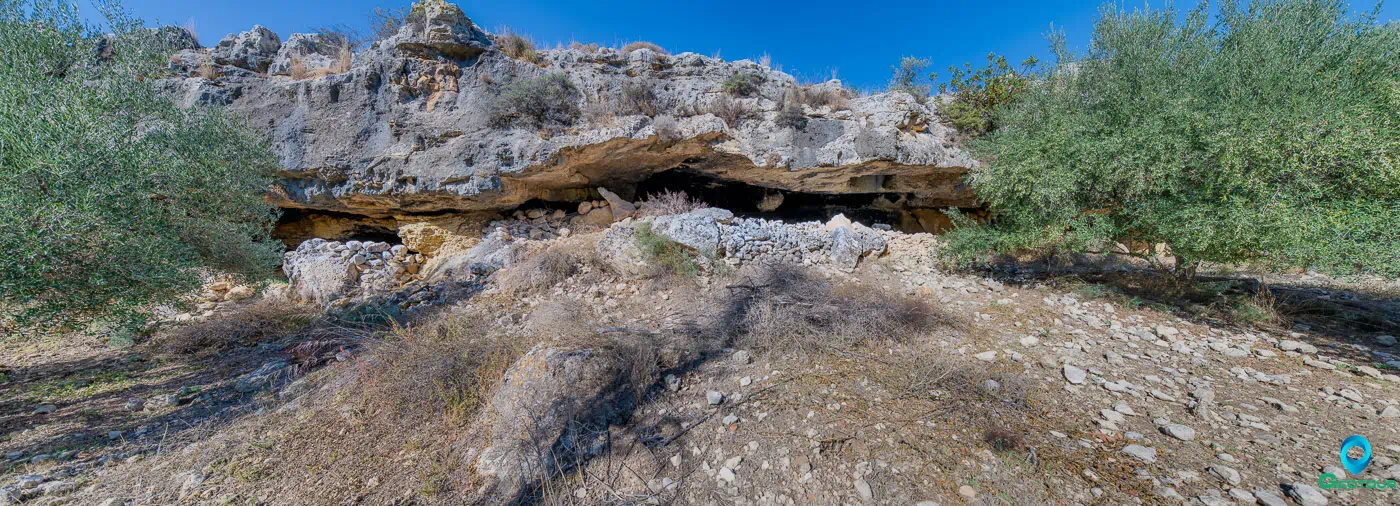
An Enigmatic Cave Complex near Roufas
Siderospilia, located approximately one kilometer from the village of Roufas in the Municipality of Phaistos, Crete, is an intriguing cave complex carved into the limestone bedrock at the base of a hill. Its name, meaning “Iron Caves,” is shrouded in local lore, with some believing it was once a blacksmith’s workshop and others associating it with eerie sounds and ghostly apparitions. While its exact purpose remains debated, archaeological evidence suggests its primary function was as a burial site, likely dating back to the Roman era.
Exploring the Interior
The cave complex comprises three interconnected chambers, each exhibiting unique features that hint at its history and function.
Chamber 1: The Vestibule
This initial chamber serves as an antechamber to the complex. A notable feature is a central supporting column, now broken in half, which once held up the ceiling. A carved opening in the roof, possibly for ventilation or light, and a ‘Π’-shaped stone bench along the three side walls are other distinguishing elements.
Chamber 2: The Main Chamber
Significantly larger than the first, this chamber spans over 60 square meters and appears designed to accommodate numerous burials. Along the walls, several niches have been carved out, likely intended for the deposition of the deceased.
Chamber 3: The Sanctuary?
The innermost chamber, measuring approximately 50 square meters, is square-shaped and bears a resemblance to an early Christian church. Its most striking feature is a dividing wall, reminiscent of an iconostasis, complete with a door and three windows. This unique architectural element has led to speculation about its function, with some suggesting it may have served as a space for religious rituals or ancestor veneration.
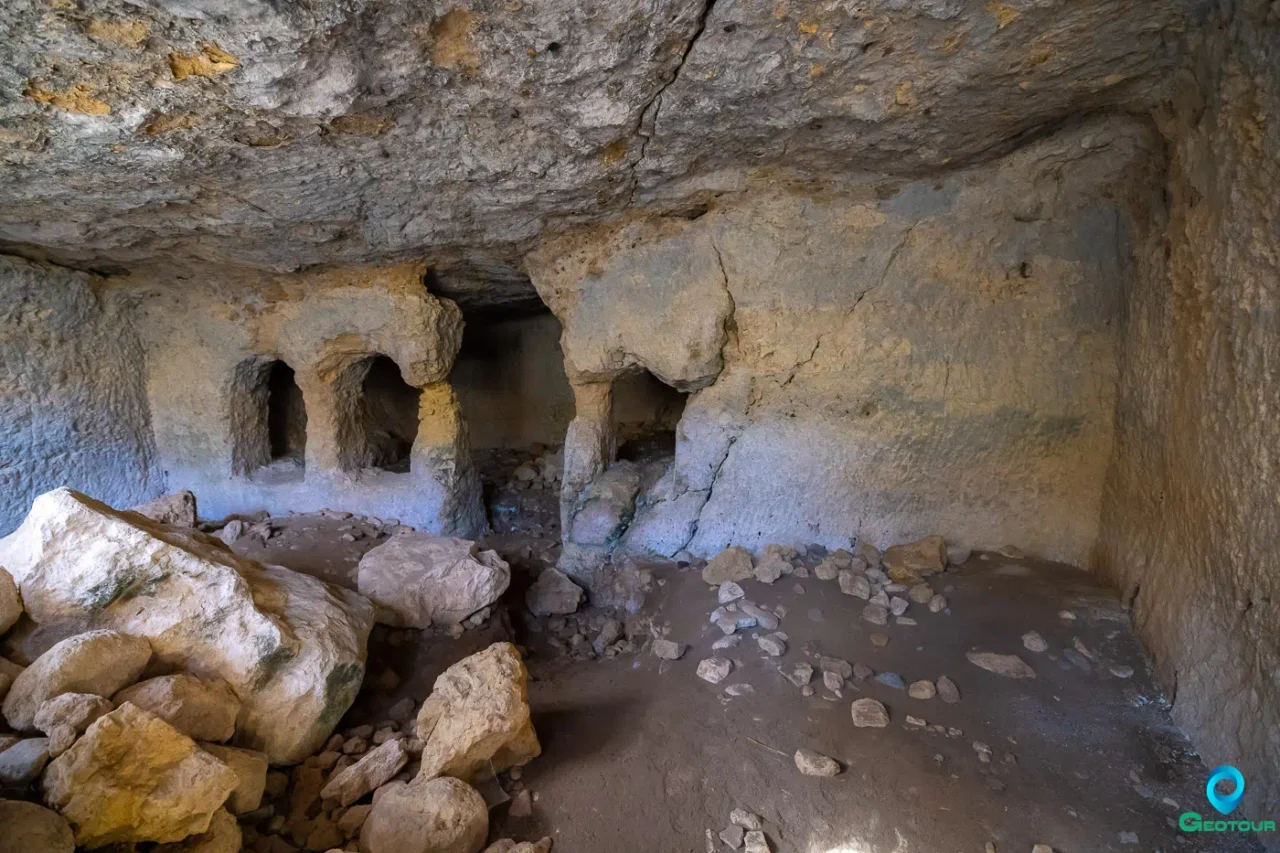
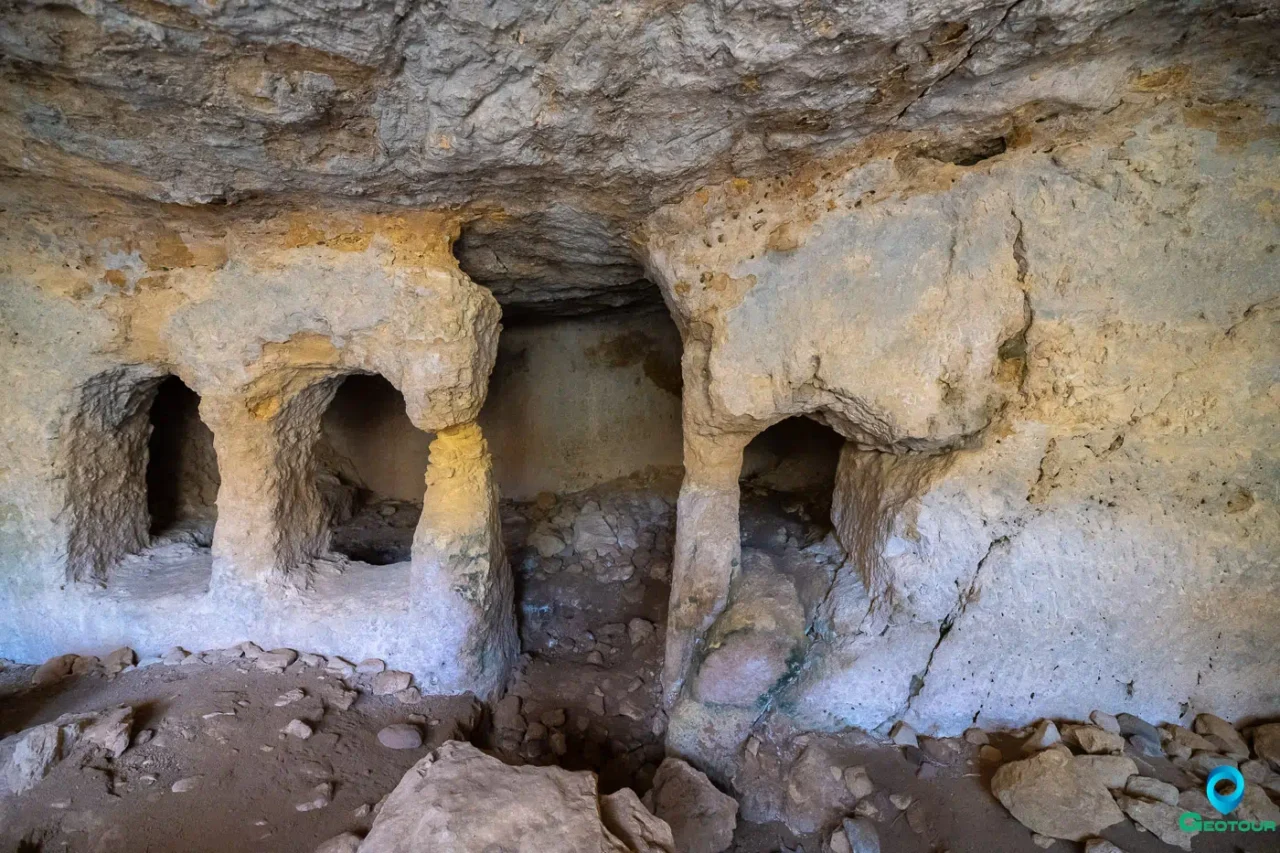
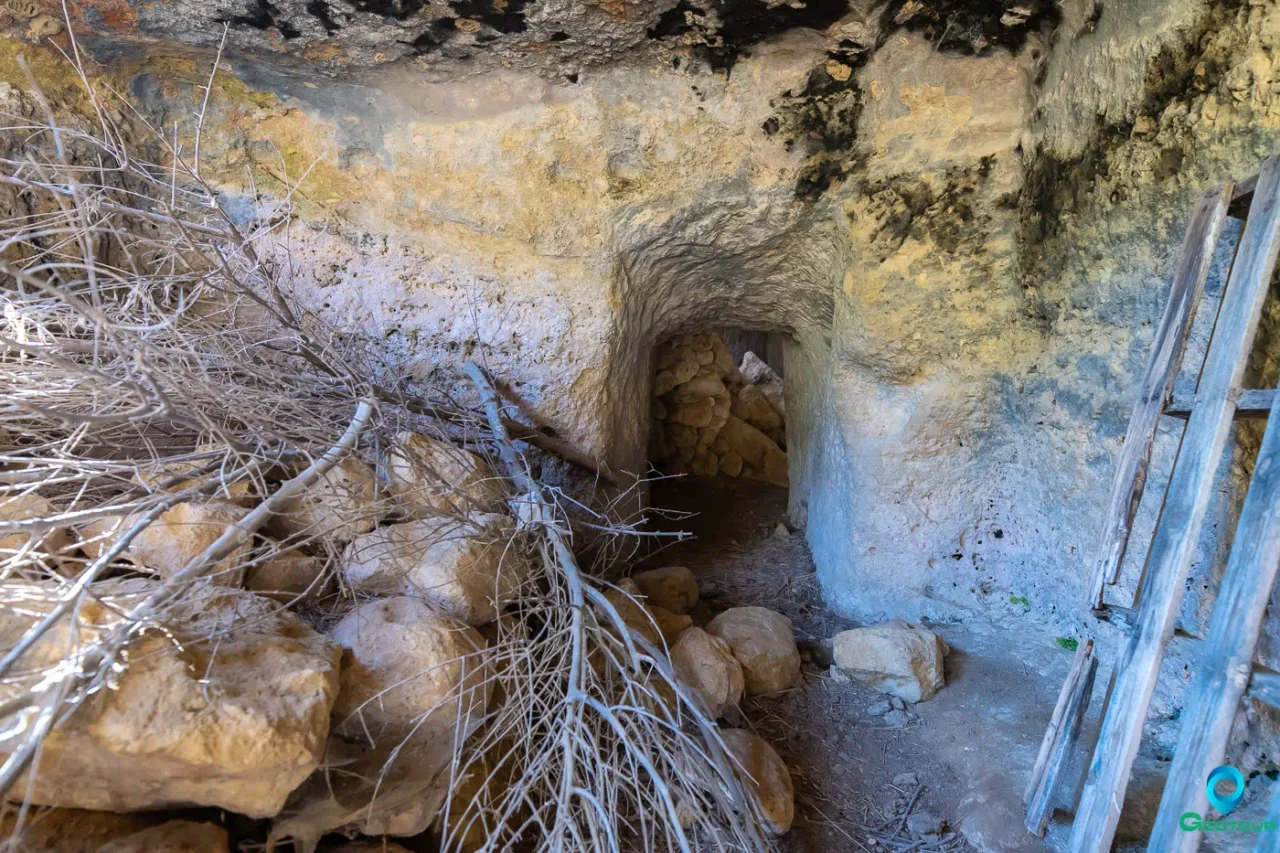
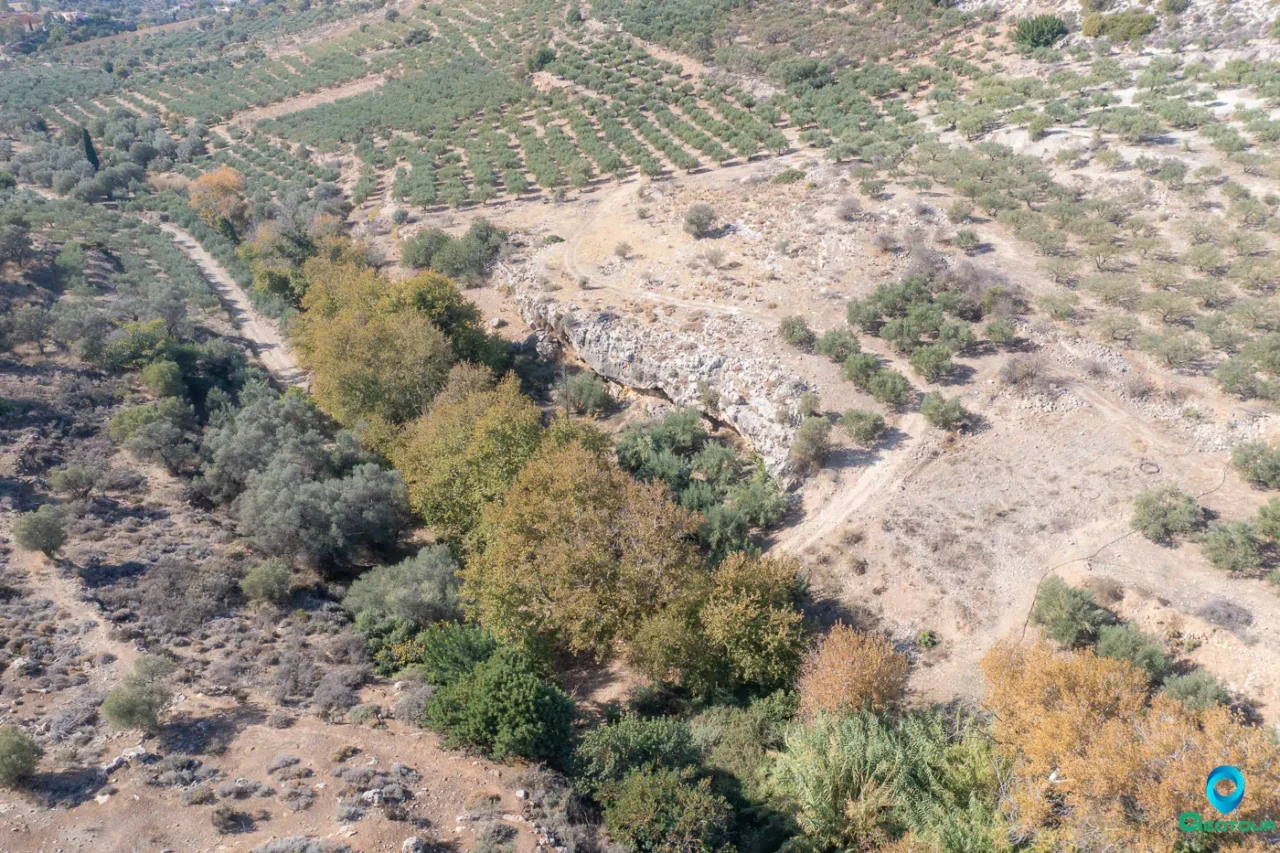
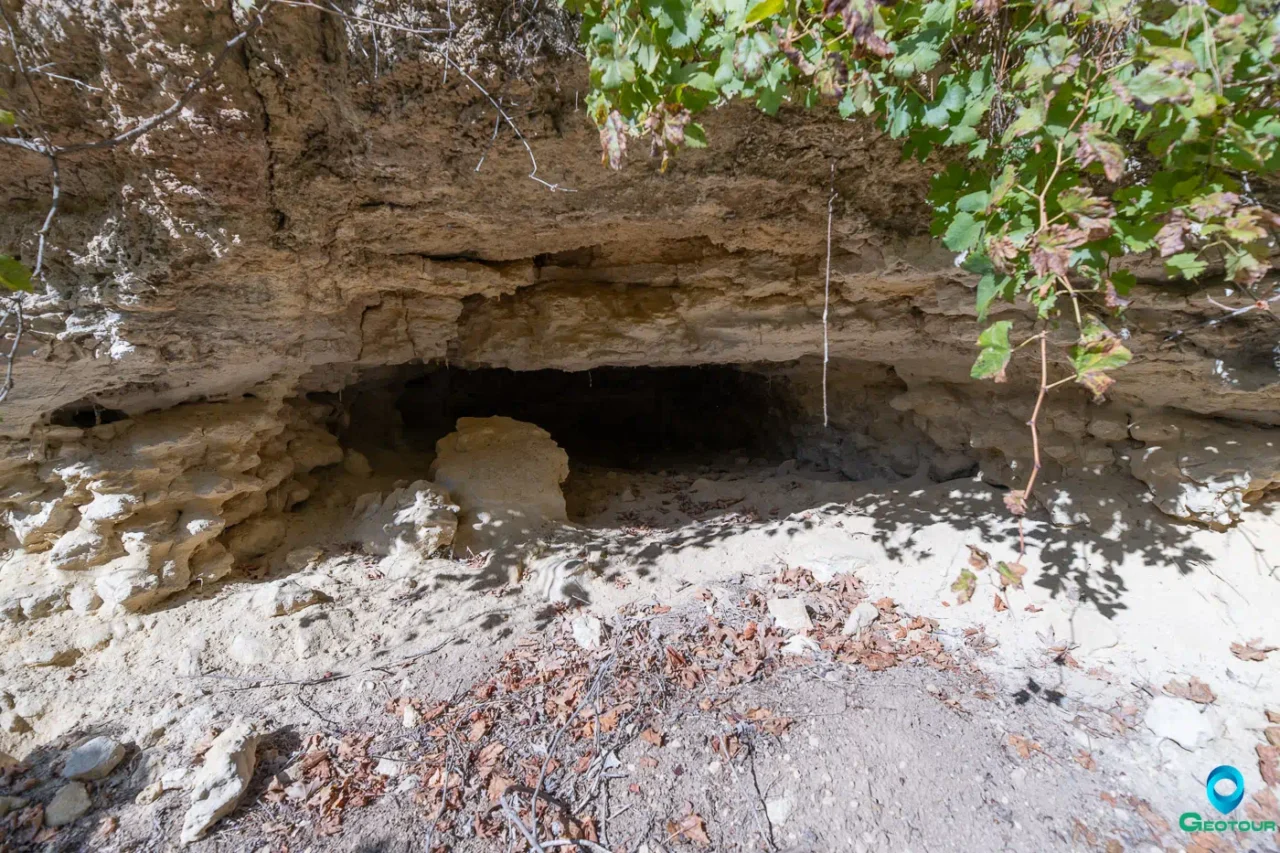
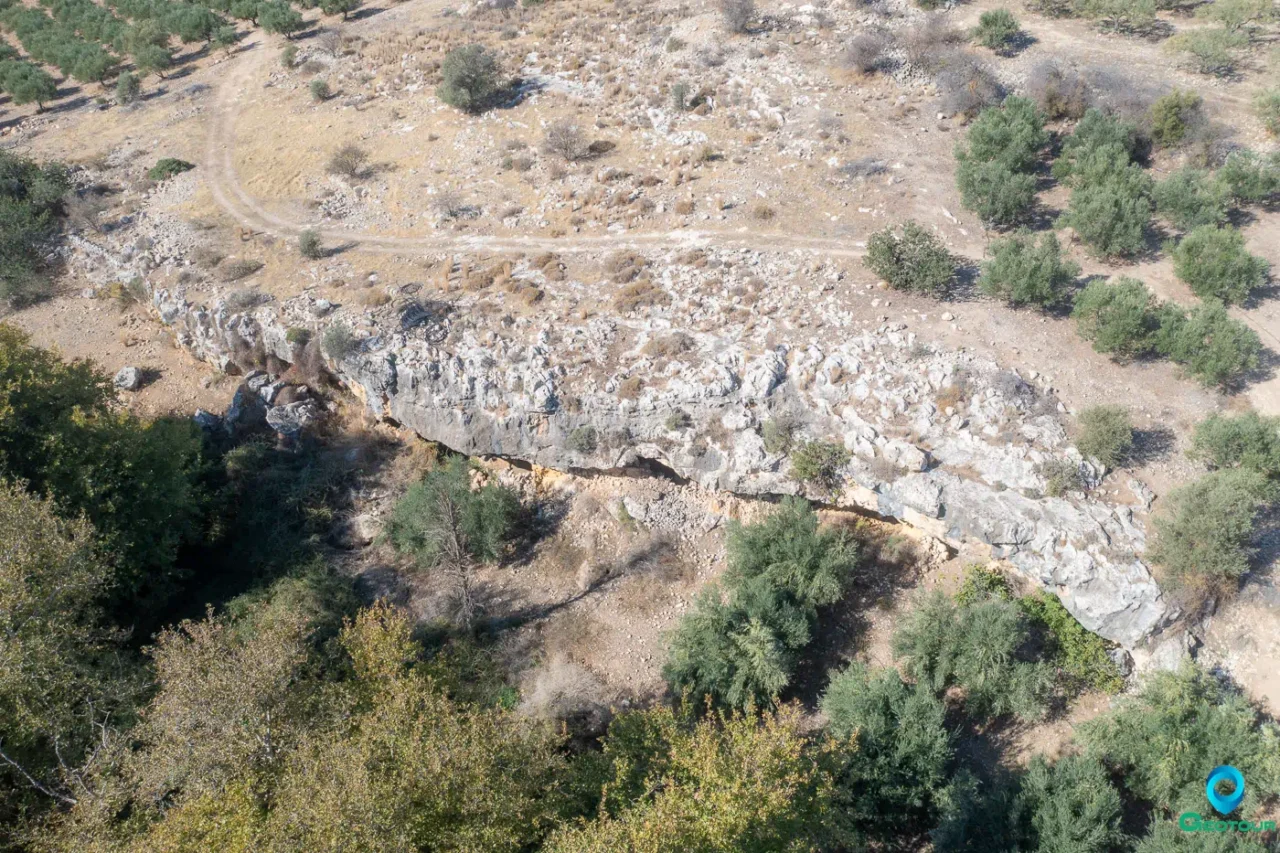
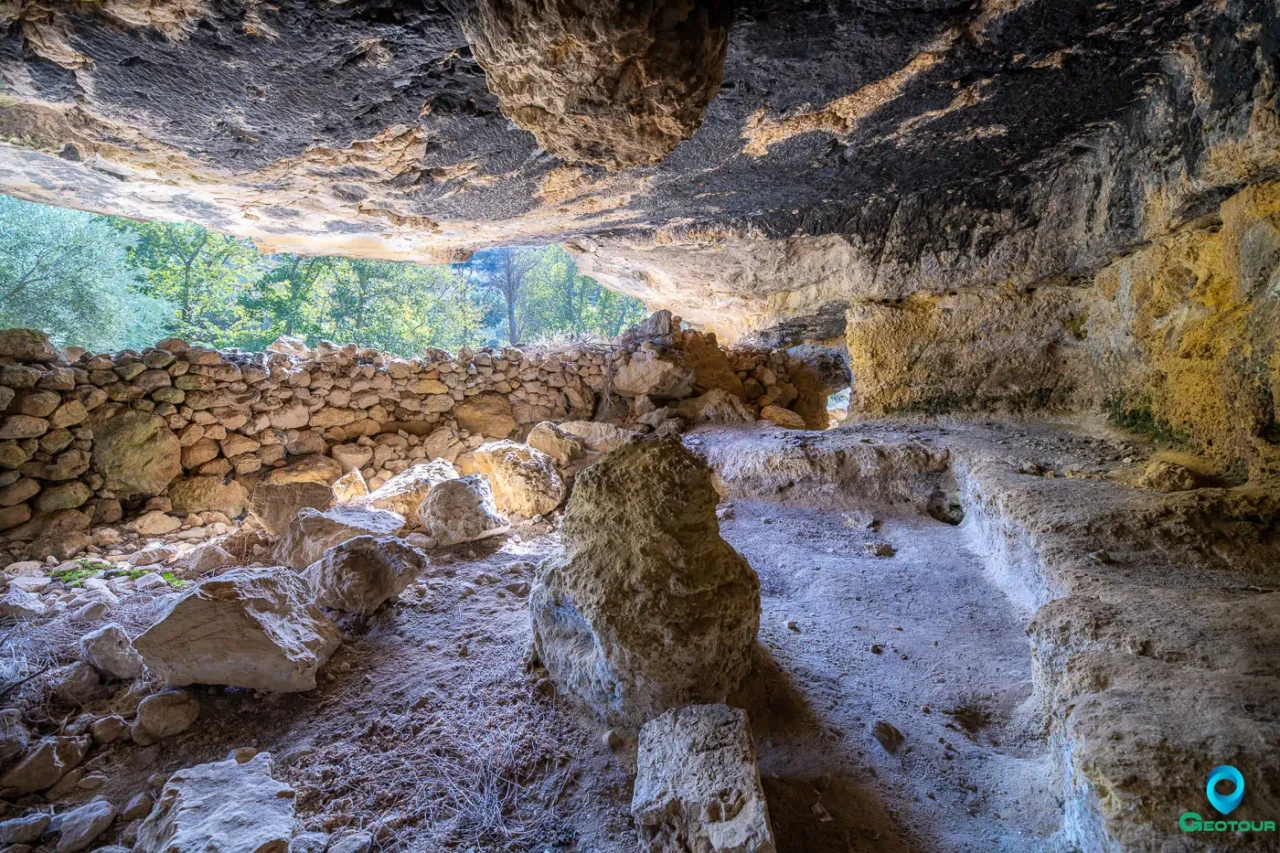
Architectural Context and Comparisons
The architectural style of Siderospilia, particularly its chamber tombs, aligns with other Roman-era burial sites found across Crete. Notable examples include the necropolis of ancient Lappa ( Argyroupolis), the tombs in Agios Thomas, and the Matala caves. This suggests a widespread practice of cave adaptation for funerary purposes during this period.
Local Legends and Beliefs
Siderospilia is steeped in local folklore, with stories passed down through generations. One popular belief is that the cave was a hub for blacksmiths, hence the name “Iron Caves.” Others claim it was once a church. However, for many, especially in the past, Siderospilia was a place of fear and superstition, associated with eerie sounds and unsettling occurrences. This led people to avoid the site at night, fueling tales of ghostly encounters and unexplained noises. Even today, some women from neighboring villages visit the cave to pray and burn incense, particularly on November 3rd, the feast day of the nearby Byzantine church of Agios Georgios “the Drunkard.”
Possible Interpretations and Functions
The layout of Siderospilia, with its interconnected chambers, benches, and ventilation opening, combined with its strategic location overlooking the surrounding area, has led to various interpretations of its function. Some scholars suggest it may have initially served as a dwelling before being repurposed as a burial site. However, the most widely accepted theory is that it primarily functioned as a Roman-era necropolis. The presence of multiple burial niches and the cave’s resemblance to other known Roman tombs support this interpretation.
Siderospilia in its Landscape
Situated at the base of a hill strewn with stones, possibly remnants of ancient structures, Siderospilia is further contextualized by its proximity to a stream flowing nearby. This location, close to a water source and with potential evidence of past settlements, underscores its significance within the ancient landscape. The cave’s open front, possibly once protected by a wall, suggests a degree of accessibility and integration with the surrounding environment.
Preservation and Access
Currently, the southern exterior of the cave is mostly walled up with dry stone, although it is unclear if this was the case in antiquity. In the past, the cave has been used intermittently as a shelter for livestock. Today, Siderospilia remains accessible, allowing visitors to explore its chambers and ponder its enigmatic past. However, there is currently no official signage or information provided at the site.
Archaeological Site: Key Points
- Construction Period: Roman era (estimated)
- Location: 1 km from Roufas, Municipality of Phaistos, Crete, Greece
- Dimensions: Three chambers, varying in size from approximately 50 to 65 square meters.
- Historical Significance: Potential Roman-era burial site, offering insights into funerary practices and beliefs of the time.
- Current Status: Accessible, but without official signage or interpretation.
Reference
Access
Siderospilia is best approached from Agios Antonios; access from Roufas is possible but via a rougher road. The caves are very close to the road but hard to spot due to dense vegetation.













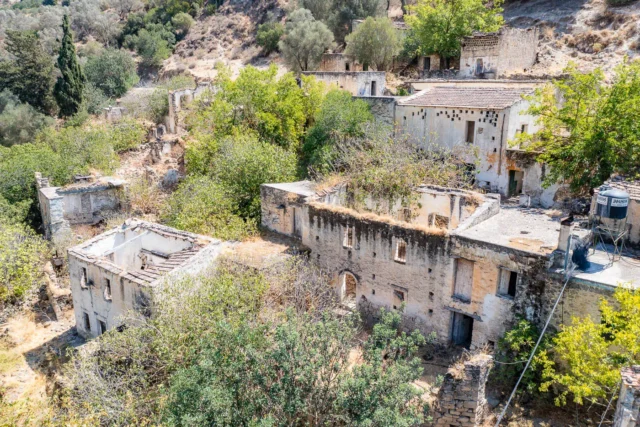



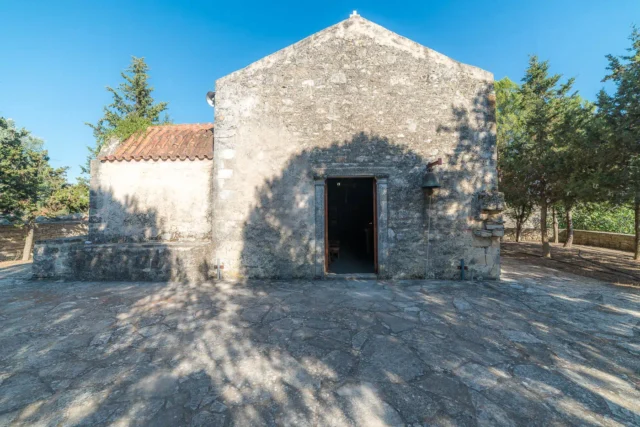

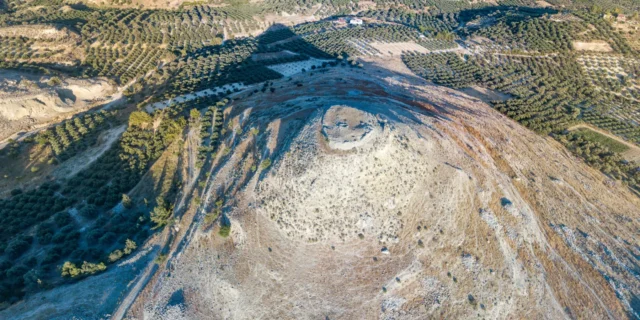

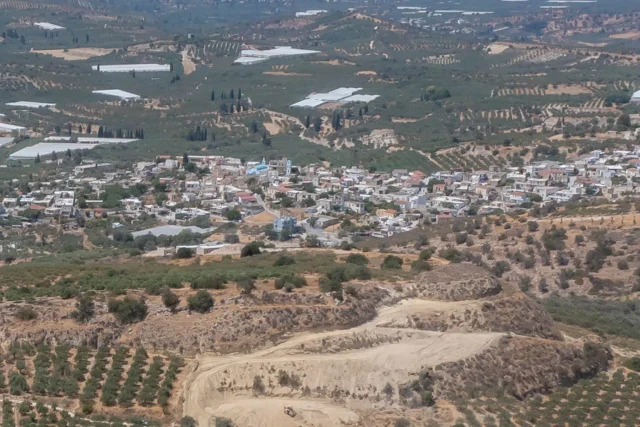
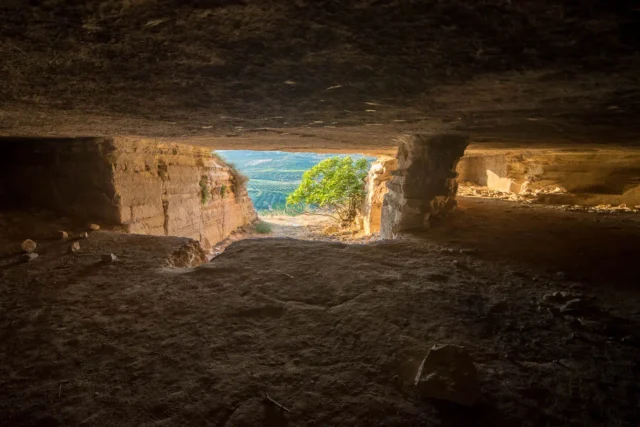
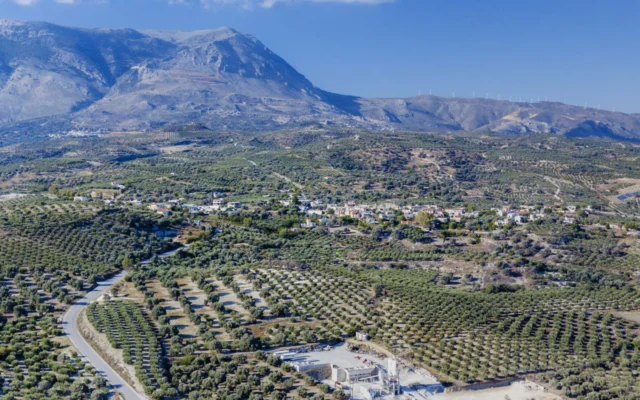

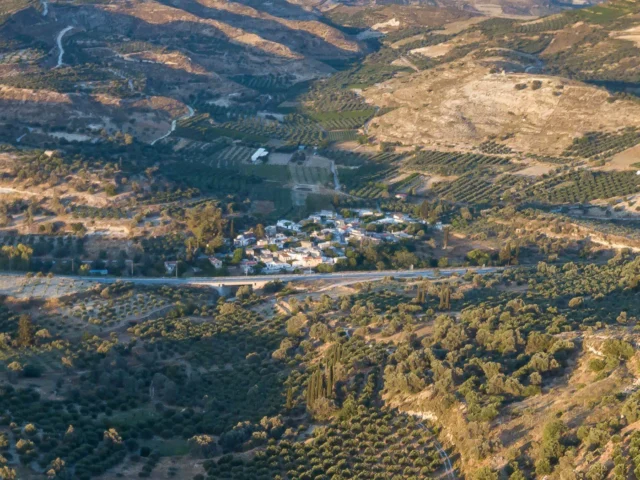

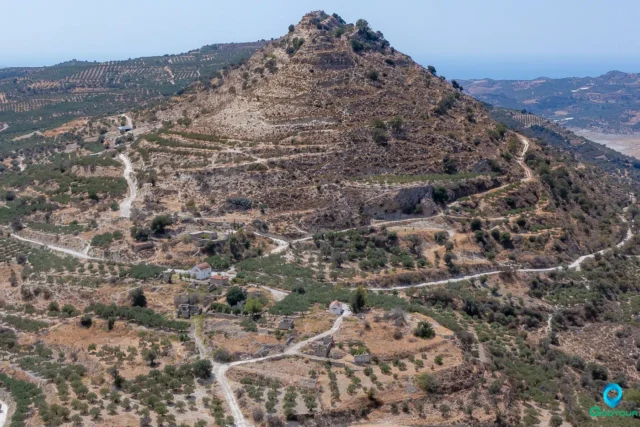
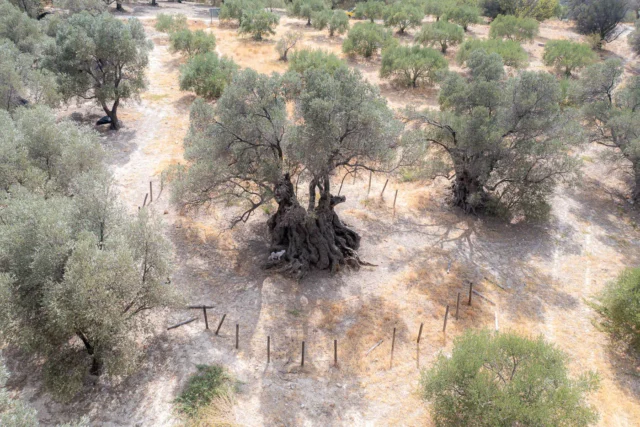


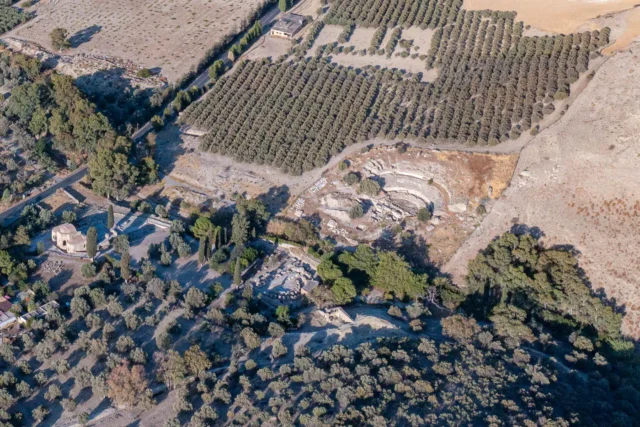
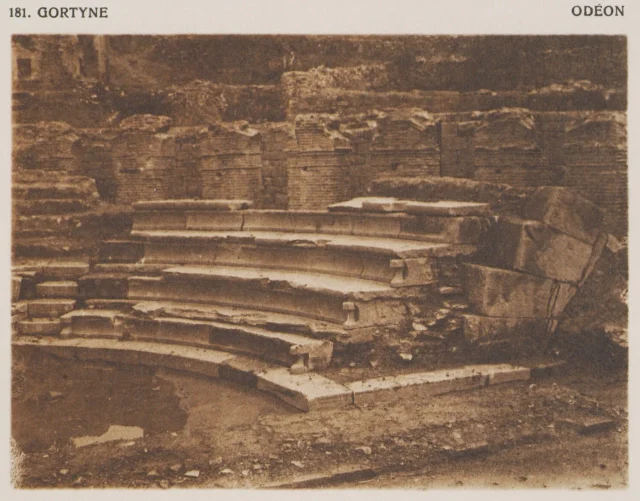
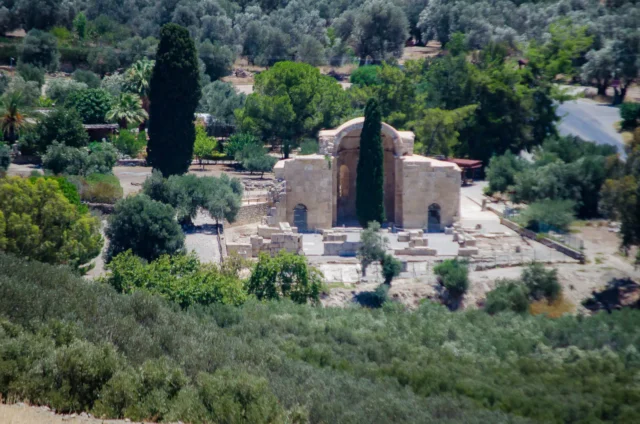
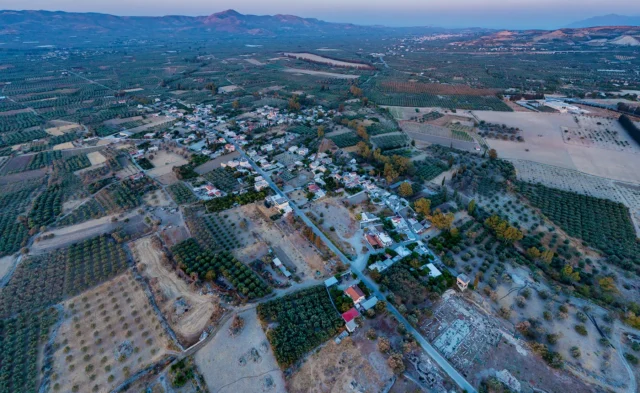
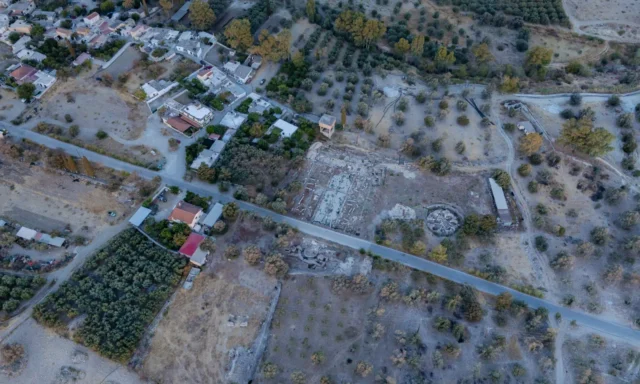

There are no comments yet.